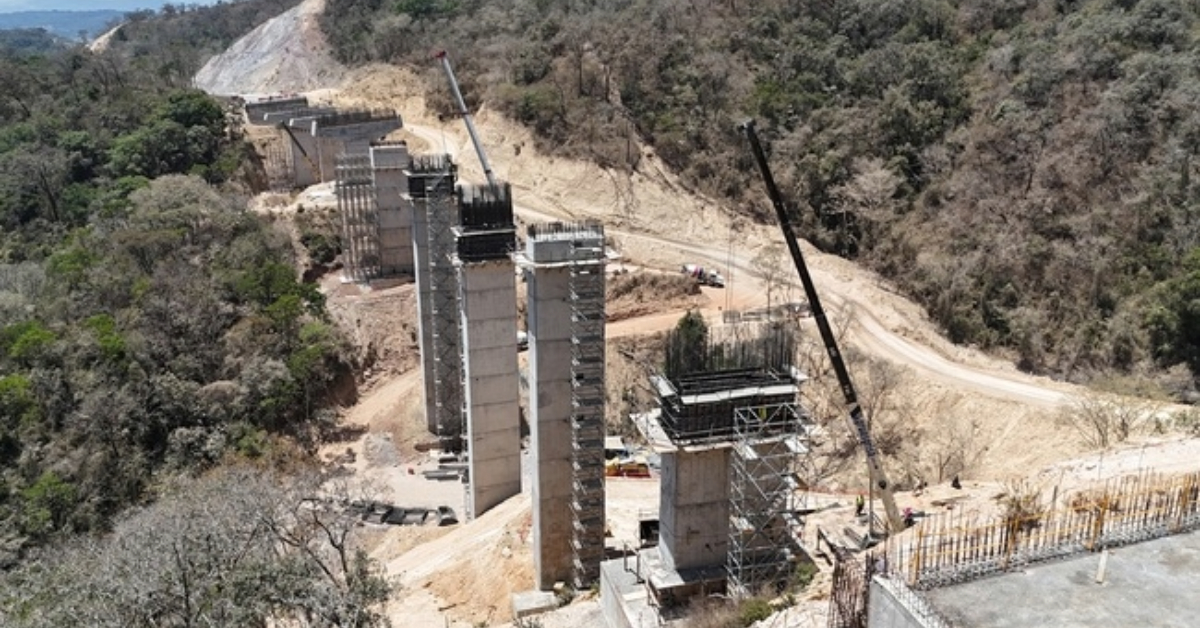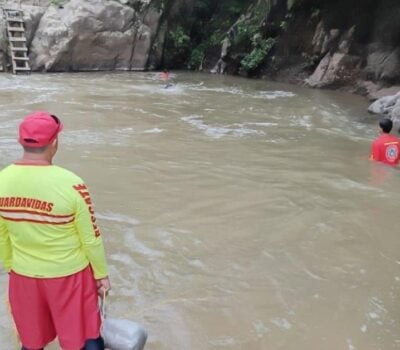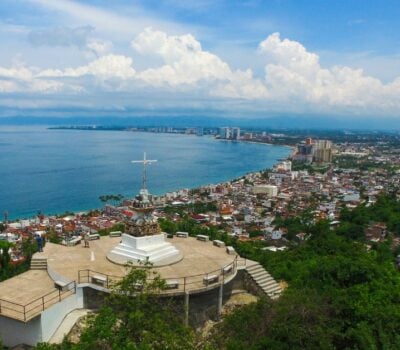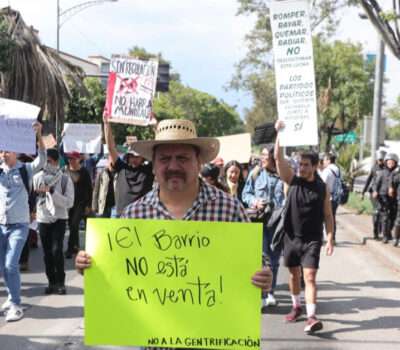Construction of the Tepic-Compostela Highway has reached 87 percent, promising to cut travel between Tepic and Puerto Vallarta to 1 hour 25 minutes and boost tourism across Nayarit and Jalisco.
Construction on the Tepic-Compostela Highway has advanced to 87 percent, according to a June 2 press release from Mexico’s Ministry of Infrastructure, Communications, and Transportation (SICT). This arterial road will serve over 800,000 commuters across Nayarit and Jalisco, shaving the current 3.5-hour drive between Tepic and Puerto Vallarta down to just 1 hour and 25 minutes once complete. The project, led by SICT Secretary Jesús Esteva Medina, aims to create a high-specification two-lane toll highway with shoulders, improving safety and travel efficiency along the Sierra de Vallejo corridor.
By linking Tepic’s urban core to Puerto Vallarta’s coastal resorts, the new highway promises to reshape daily life for residents in Tepic, Compostela, Xalisco, Bahía de Banderas, and Puerto Vallarta. Over 490,000 inhabitants of these municipalities will benefit from the reduced drive times and improved connectivity. As of today, motorists endure winding mountain roads and seasonal delays; the forthcoming route will cut travel distances and eliminate bottlenecks, especially during peak holiday travel.
Beyond commuter convenience, the Tepic-Compostela Highway will directly connect beaches in Compostela and Bahía de Banderas with downtown Tepic, while also linking the airports of Tepic and Puerto Vallarta in just 1 hour 15 minutes. SICT projects that airlines could add more flights to these airports, as travelers gain rapid access to Riviera Nayarit’s shorelines. Tourism operators anticipate that this connection will redistribute visitor flow, drawing beachgoers northward and easing congestion in Puerto Vallarta during high season.
As part of this large-scale infrastructure effort, contractors have so far completed 26 kilometers of mainline roadway and begun work on a 2.4-kilometer branch to Tepic’s international airport. The project includes construction of a toll plaza, 10 bridges spanning rivers and ravines, two railroad crossings to ensure seamless logistics, 19 at-grade intersections, and a single interchange where feeder roads converge. To date, the highway’s construction has generated approximately 2,900 direct jobs, injecting income into local communities through subcontracted services and supply chains.
Authorities emphasize that the new highway will boost economic competitiveness by lowering transportation costs for freight and passengers. With an average lane-width of 12 meters (including shoulders), the route satisfies “high-specification” criteria, allowing safe travel speeds of up to 80 km/h across mountainous terrain. The SICT release also notes that enhanced road safety and reduced accident risk will accompany the project, as drivers leave narrow two-lane rural roads for a modern alignment with proper signage and guardrails.
Economists and tourism analysts expect that cutting travel time by over two hours will stimulate social and economic development throughout the region. Business representatives in Tepic and Compostela anticipate growth in lodging, dining, and tour services as day-trip options expand. Meanwhile, communities along the corridor forecast increased real estate interest, as commuters explore new residential areas closer to the highway. A recent study by a local chamber of commerce suggests that property values in Xalisco and Compostela could rise by up to 15 percent within a year of the highway’s opening.
According to SICT, the Tepic-Compostela Highway is scheduled to open later this year, pending final inspections and tie-ins with existing road networks. The ministry aims for a formal inauguration before the end of the fourth quarter 2025, though weather-related delays during the rainy season could shift the completion into early 2026. Officials stress that transparent progress updates will continue through their social media channels, including Facebook postings that highlight daily work milestones.
Local stakeholders remain optimistic about the highway’s transformative potential. Jesús Esteva Medina stated, “This road is more than asphalt and concrete—it is an investment in regional connectivity, safety, and economic growth. When travelers spend less time on the highway, they spend more time contributing to local businesses and exploring our coastal treasures”. Nearby municipal leaders echoed this sentiment, adding that seamless linkages between inland and coastal communities will foster cultural exchange and support small-business development.
As construction nears its final phase, the Tepic-Compostela Highway stands as one of Mexico’s most ambitious recent transportation projects. By bridging inland Nayarit with Jalisco’s tourist belt, it aligns with federal goals to decentralize tourism, promote regional equity, and enhance infrastructure resilience. With traffic projected to climb steadily after opening, inhabitants and visitors alike will soon experience drastically reduced commute times and safer journeys across the Sierra de Vallejo.












